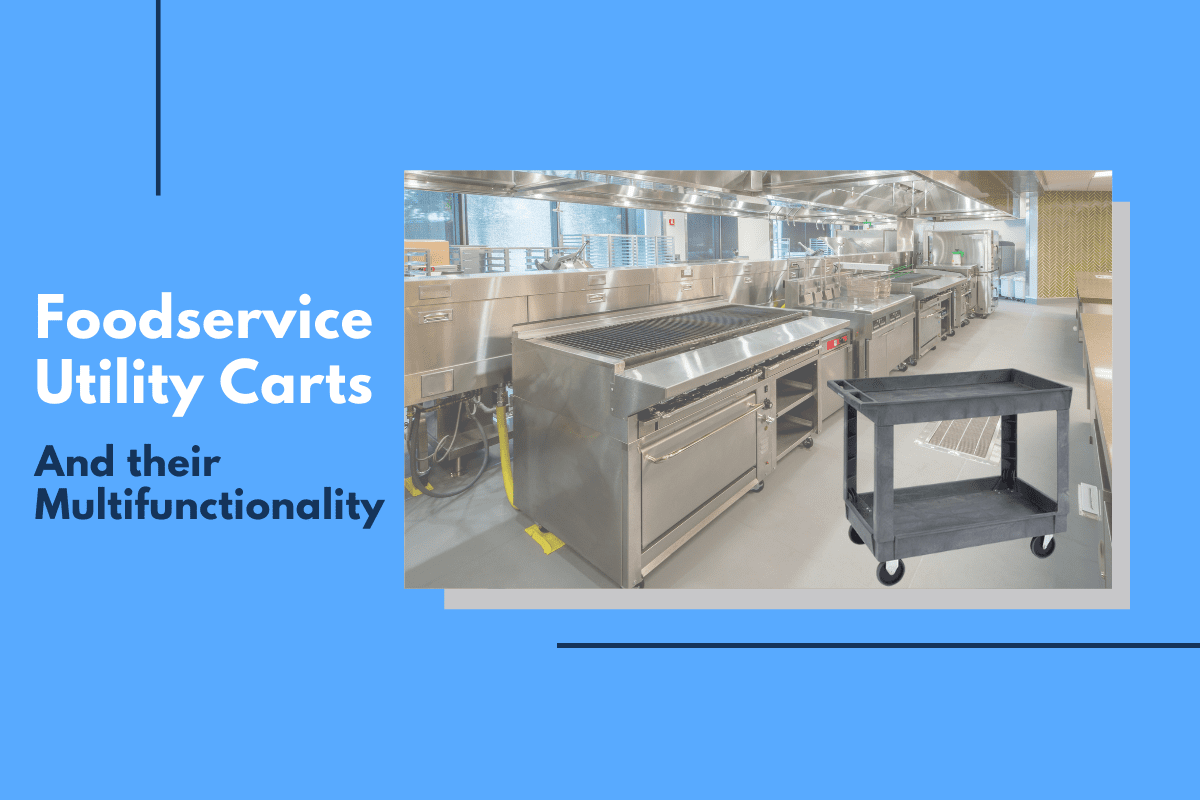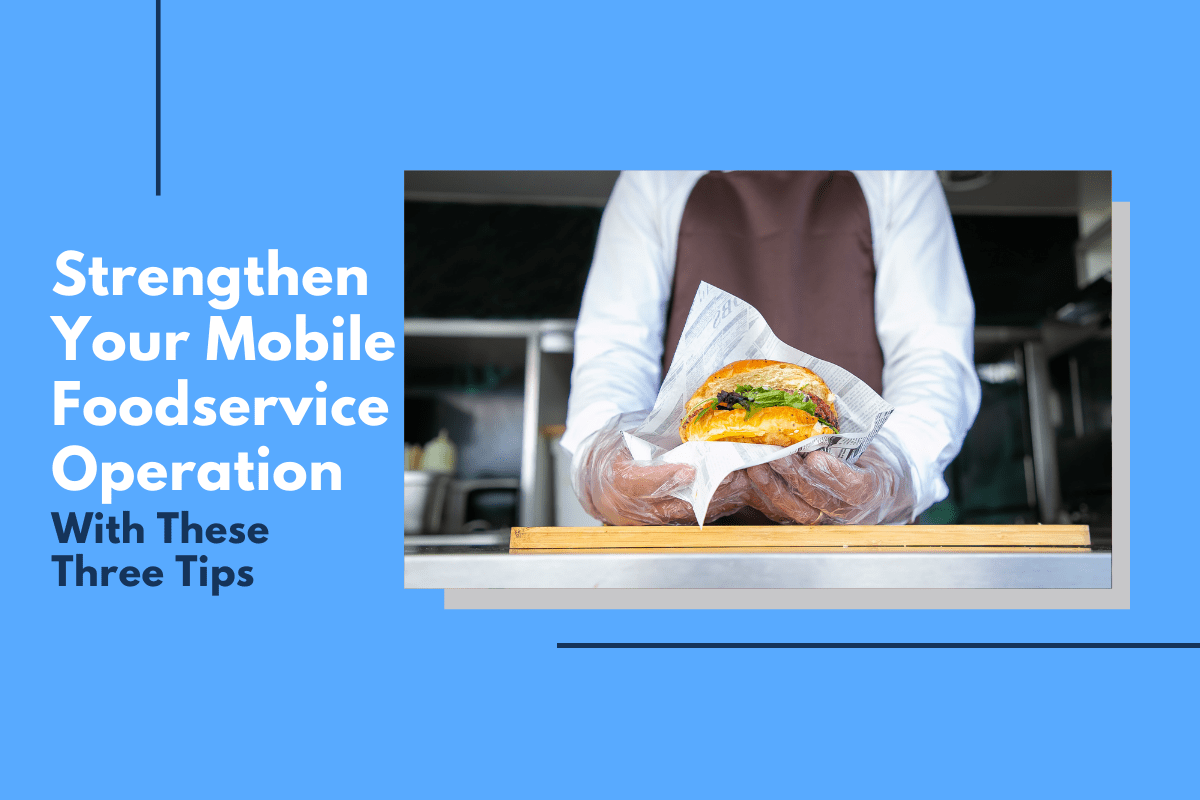
Everyone loves a good story, and pretty much every successful business solution is rooted in one. For the SuzyQ food delivery cart, that is certainly true, as well.
What is the SuzyQ?
To quickly recap, the SuzyQ food delivery cart is a solution designed around the notion of self-determined foodservice in senior care communities. When you provide the option for residents to choose rather than having pre-plated servings placed before them, there is a wide range of benefits both for diners and for operators.
First, senior care residents get to choose, and for this demographic, choice is something that is often taken away. Giving choice at mealtimes is a great way to help maintain the all-important element of control.
Second, allowing residents to choose reduces food waste, as they only select the menu options they really desire. This helps the overall bottom line because food is not wasted, and therefore, money is not wasted.
Finally, with self-determined meal service in a SuzyQ, the food delivery cart is actually wheeled through the dining room creating points of interaction between residents and foodservice staff. These relationships are important because they make for happier seniors and more fulfilled staff.
In reality, there are many more benefits to using a SuzyQ food delivery cart, but this article isn’t about why senior care community foodservice operators should consider using one. It’s about why it was created in the first place. So, let us introduce you to Suzanne Quiring.
The SuzyQ was invented by Suzanne Quiring, a dietician and foodservice manager who worked in residential care. She saw the drawbacks of traditional service where staff cooked meals and had service staff run plated food back and forth from a pick-up window to the residents’ tables. She also knew there was a better way than serving cold food and dealing with food preference lists.
Quiring went on a journey to create a new solution, and the result is the SuzyQ. Based on the idea of a rolling service cart on an airplane where flight attendants ask what beverage you’d like, Quiring asked the question, “Why can’t we do that in the dining room?” Rooted in years of service that resulted in unhappy residents and wasted food, the SuzyQ food delivery cart rolled onto the scene and created a new way of foodservice delivery – the self-determined meal.
The SuzyQ actually began with beverages. Rather than pre-pouring drinks before guests arrive resulting in warm milk, she decided to roll a beverage cart through the dining room offering on-demand beverages. The residents loved it, and a dessert cart was included next. Finally, the idea shifted to full meal delivery, and the SuzyQ was invented, finally allowing senior care residents to hand-select the foods they want, served warm and at ideal serving conditions.

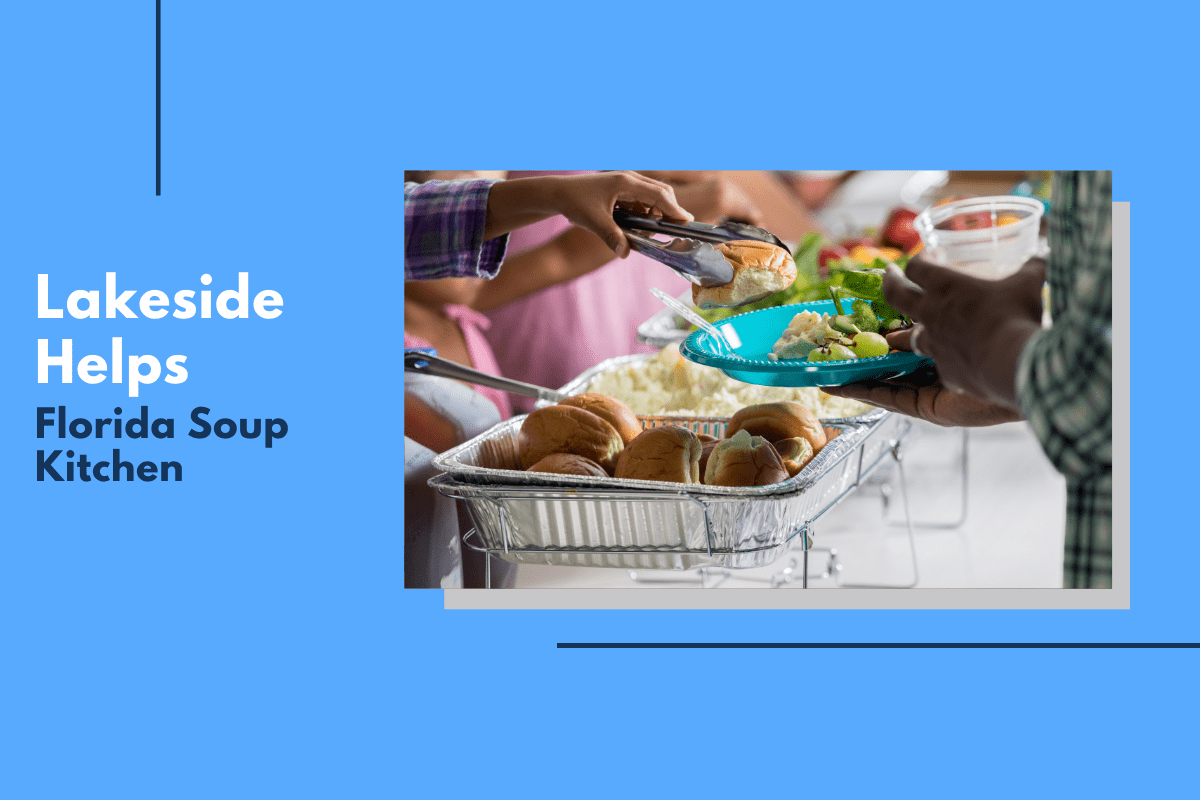
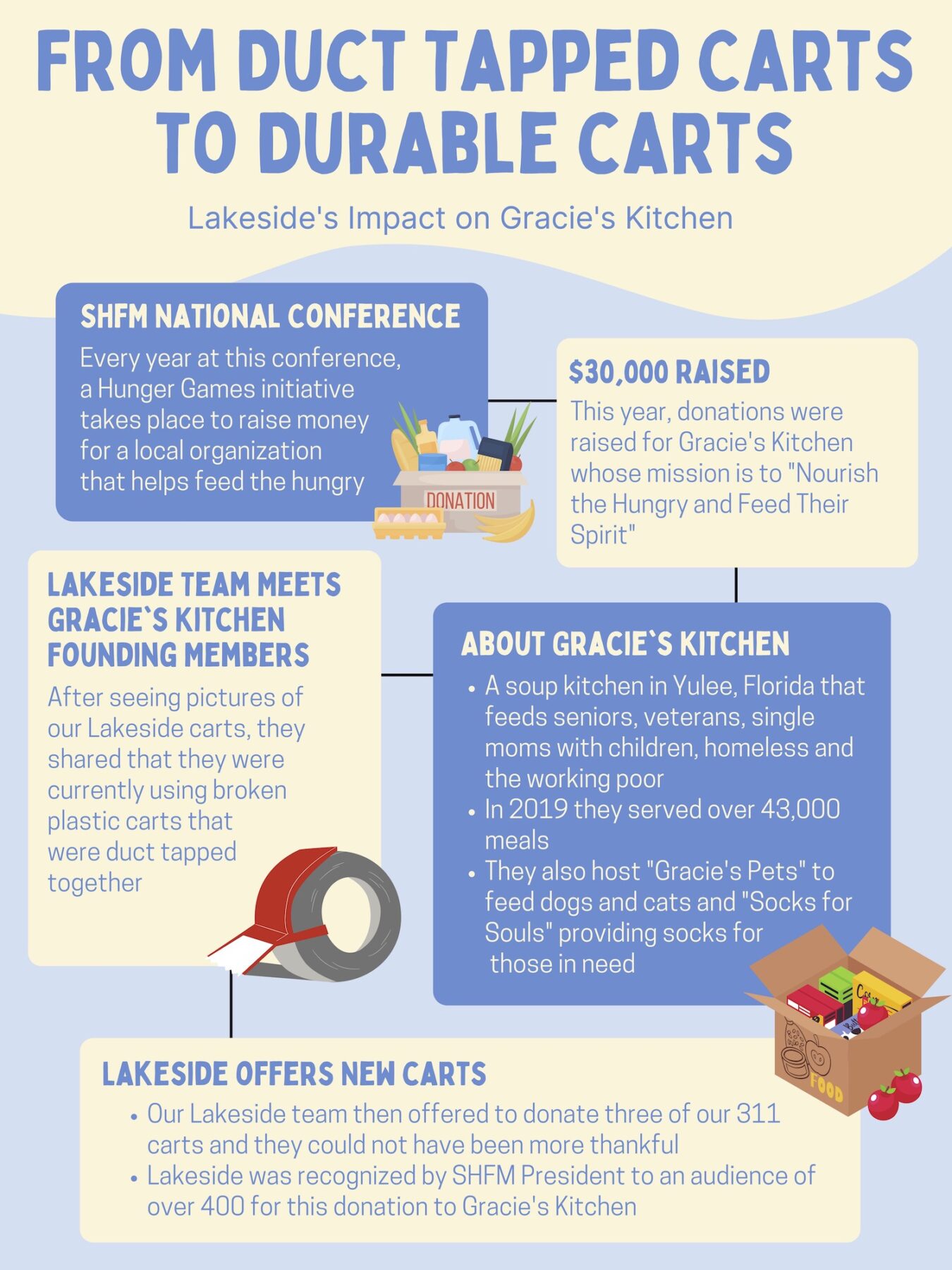
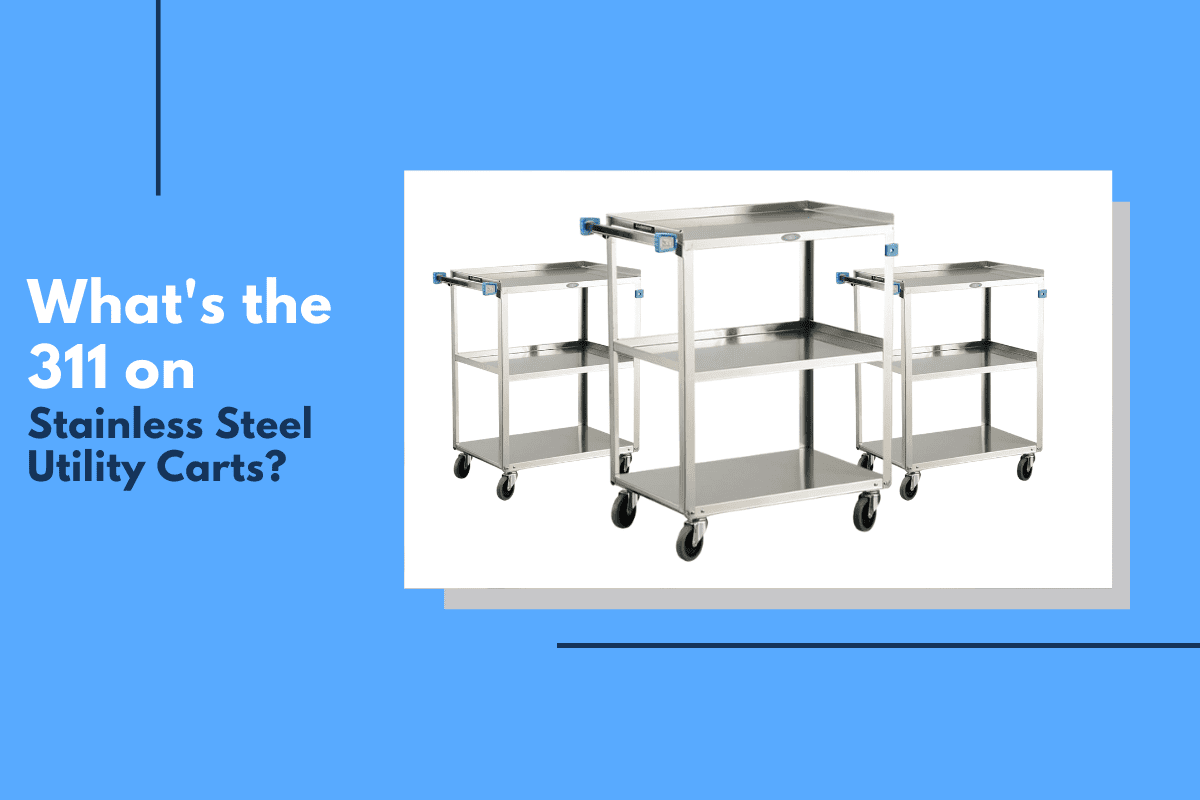
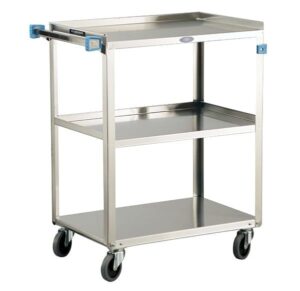 The
The 